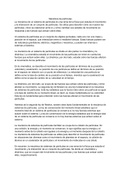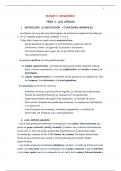Samenvatting
Economics HL Summary IB
This summary is intended for the Economics HL IB exam and contains the entire syllabus of the book Economics for the IB Diploma Second Edition by Ellie Tragakes. It includes all the necessary formulas for all three papers.
[Meer zien]










